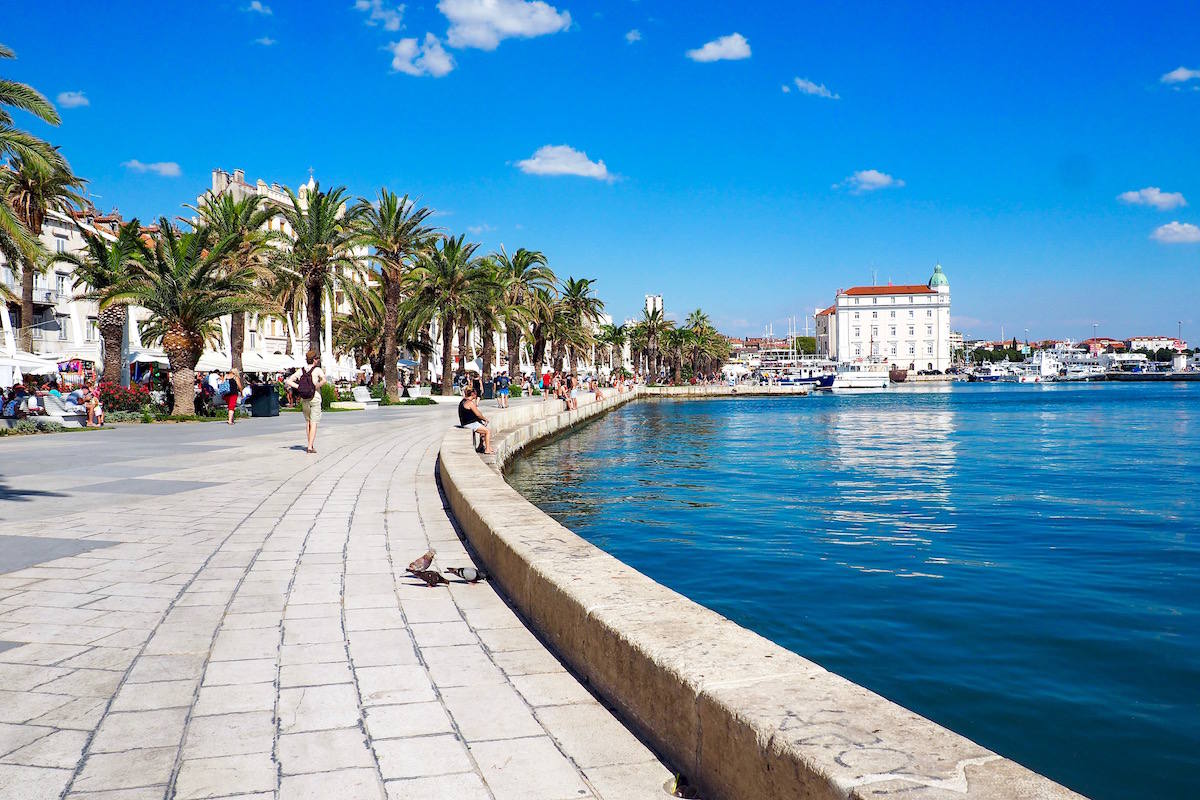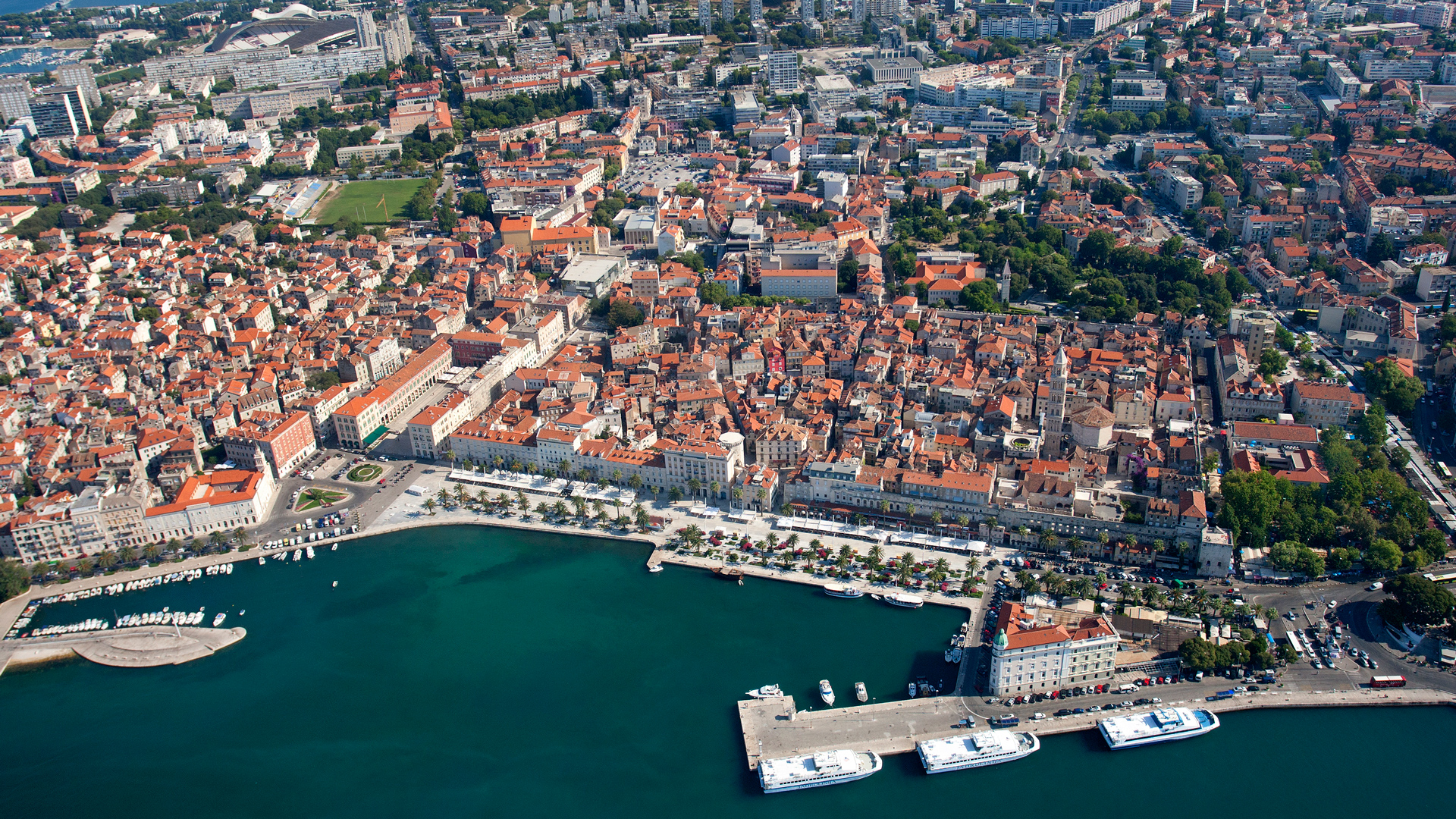

During the 10th century, Croatia got its first king, and the area developed into an important urban center for the new kindgom by the 11th century, the small original settlement had expanded beyond the ancient walls.įrom the 15th through 19th centuries, Split saw Venetian and Hapsburg rule. Over the years, the palace complex and its vast imperial apartments were divided up and expanded into living quarters. Some locals found refuge within the palace walls. The exhibition Jews in Split exists as an educational tool for Split’s local community and visitors.Centuries later, Eurasian nomads migrated from the north, clashing with local inhabitants around the 7th century AD. In 20, WMF worked with representatives of the synagogue to develop an on-site and online exhibition for Split Synagogue, to interpret the history of the synagogue and the Jewish community it has served over the centuries. New copper rainwater gutters, downspouts, and drip edges were installed to protect the building from water seepage.ĭuring the project, the team uncovered a fragment of a Roman stele with part of its inscription still intact, as well as fragments of marble door jambs of an early medieval building that that were used as window surrounds on the third story of the synagogue’s north façade. Wooden shutters that were significantly deteriorated were replaced, while those still in good condition were repainted for protection. With support and guidance from WMF’s Jewish Heritage Program, a conservation project during 2014 addressed the south and north facades, repairing damages to the masonry, repointing the mortar joints, and the overall cleaning of the facades. Conservation and interpretation of Split Synagogueĭue to exterior damage, water had seeped into Split Synagogue’s structure and had caused plaster deterioration within the interior sanctuary space. Split is the centerpiece of a collection of important places that recognize Split’s Jewish past, including the historic Jewish cemetery on the Marjan hill Morpurgo, one of the oldest operating bookstores in Europe, which was established by an important Jewish family and the streets of the former Jewish ghetto, where one can see a collection of voids in doorways that once held Mezuzzot. Having been severely damaged during the Second World War, with much of the Jewish community migrating to Israel in the following years, Split’s synagogue and Jewish community have seen a revival in activities since Croatia gained its independence. Soon after that, in another part of the city that later became the Jewish ghetto, a new synagogue was created by combining and converting the second floors of two medieval houses.

The first synagogue of Split, most likely dating from Roman times, was destroyed in a great fire in 1507.

#Splitt croatia free
Daniel Rodriguez, a prominent Jew in the sixteenth century, established a free port in Split and many became wealthy from exporting wares from the Ottoman territories in the Balkans to Venice. Although Split’s Jewish community never exceeded more than a few hundred members, they had a considerable influence on the local economy.

The Jewish community grew substantially in the late fifteenth and early sixteenth centuries as waves of Sephardic Jewish refugees fled Portugal, Spain, and Italy during the Inquisition. Only a few menorahs inscribed on stone blocks of Diocletian’s Palace testify to the early presence of Jews in Split. to flee and find protection within Diocletian’s fortified palace. The city of Split has a long history of Jewish presence, dating back to the seventh century after nearby Salona (now Solin) was destroyed by the Avars, forcing a community that had been in existence there since the third century a.d.


 0 kommentar(er)
0 kommentar(er)
